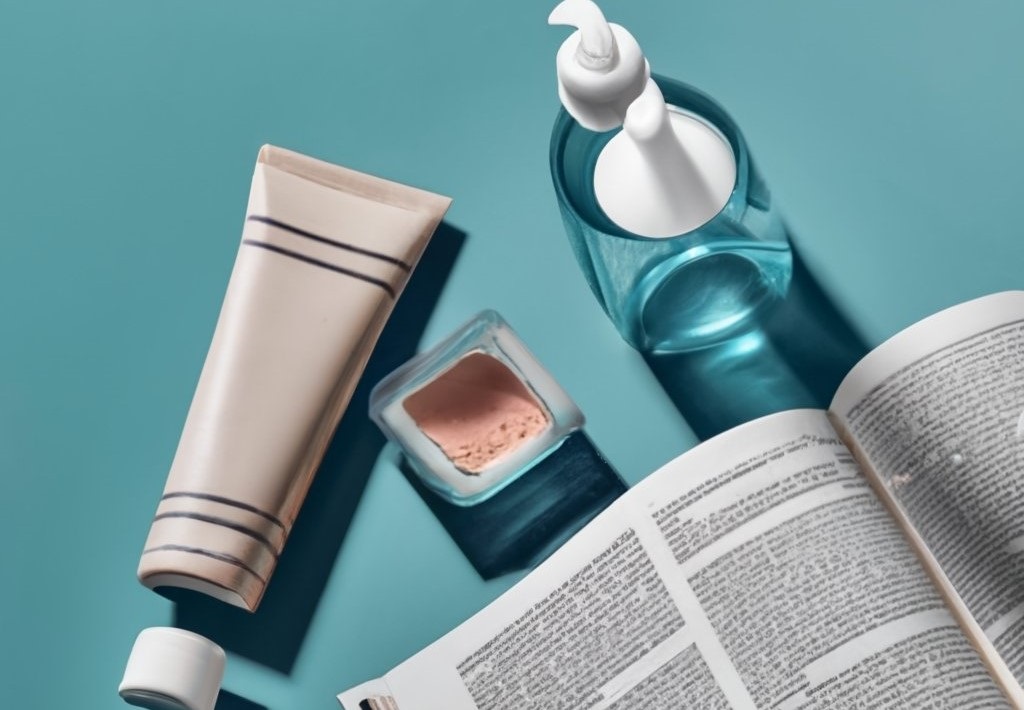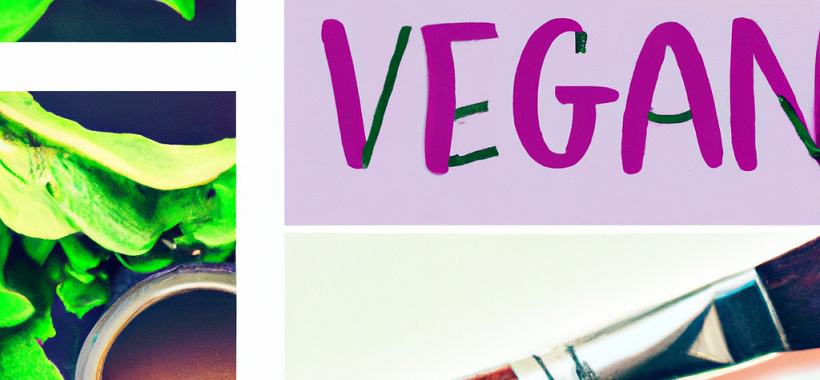Managing the ever-changing global regulations can be daunting, but you can rely on us to simplify it. Our team closely monitors updates from all over the world to keep you well-informed and compliant. This month’s update will cover significant changes, including the latest amendments and bans impacting crucial cosmetic ingredients.
EU NEWS
EU Regulation 2024/996 amending EC Regulation 1223/2009 on cosmetic products has been published.
On April 3, 2024, the EU Commission amended the Annexes to the EU Cosmetic Products Regulation (CPR). This update covers changes relating to nine cosmetic ingredients, which are detailed below:
- From 1st May 2025:
- Prohibition of 4-Methylbenzylidene Camphor
This prohibition will apply to products placed on the market.
- Starting 1st February 2025:
- Genistein: Restricted to 0.007%
- Daidzein: Restricted to 0.02%
- Kojic Acid: Restricted to 1%
- Alpha-Arbutin: Restricted to 2% in face creams and 0.5% in body lotions
- Arbutin: Restricted to 7% in face creams
Restrictions apply to products placed on the market, with a subsequent deadline for products made available by 1st November 2025.
- From 1st November 2025:
- Retinol, Retinyl Acetate, and Retinyl Palmitate: These are restricted to 0.05% in body lotions and 0.3% in other products, applicable to products placed on the market.
- Effective 31st December 2024:
- Triclocarban: It is restricted to 0.2% in all cosmetic products except mouthwash and is forbidden in toothpaste for children under 6.
- Triclosan: Restricted to 0.3% in various products, including toothpaste and soaps; forbidden in toothpaste for children under 3.
These restrictions apply to products placed on the market.
ECHA Proposes New Classifications for Key Cosmetic Ingredients
The European Chemicals Agency (ECHA) has indicated upcoming classification and labeling updates from Germany and France for two substances used in cosmetics due to reproductive toxicity concerns:
Acetyl Hexamethyl Tetralin (Germany’s Proposal):
- Reproductive toxicity (Repr. 1B): Potential to harm fertility or the unborn child.
- Organ toxicity (STOT RE 2): Risk of organ damage from prolonged exposure.
- Usage Limits: Up to 0.1% in leave-on products and 0.2% in rinse-off products.
Sodium Fluoride (France’s Proposal):
- Additional Classifications: Reproductive toxicity and potential as an endocrine disruptor.
- Current Usage: Limited to 0.15% in oral care products.
- Existing Risks: Toxic if swallowed; causes skin and severe eye irritation.
Final SCCS Opinion on Benzophenone-4
SCCS’s recent final opinion concerning Benzophenone-4, a commonly used UV filter in cosmetics. This comes after a detailed safety review and public commentary period.
Key Points:
- Safety Affirmed: Benzophenone-4 is safe for cosmetics up to a 5% concentration, including sunscreens, face creams, lipsticks, and sprays.
- Usage Parameters: The approved 5% concentration limit includes its protective use in formulations exposed to light.
- Focused Review: The SCCS’s evaluation addressed human health impacts, excluding environmental concerns.
SCCS Final Opinion on Aluminum Safety in Cosmetics
SCCS’s latest findings on aluminum compounds used in cosmetics follow a new data submission by the Aluminum Consortium.
Key Updates:
- Non-Spray Products: Aluminum remains safe at established maximum levels.
- Spray Products: Acceptable if small particle content is below 20%.
- Aluminum in Talc: Safe up to 2% content as it is not bioavailable.
Considerations: The SCCS notes that while aluminum is safe under current usage guidelines, total exposure from all sources could exceed safe limits for some consumers. This opinion does not cover nano forms of aluminum, requiring separate evaluation.
Action Points: Review your product formulations considering these guidelines to ensure compliance and safety.
French Ban on PFAS in Cosmetics and New Action Plan
On April 3, 2024, French lawmakers voted to ban PFAS in cosmetics by January 2026. Concurrently, the government updated its “Interministerial Action Plan on PFAS,” aiming to reduce PFAS-associated risks. This plan enhances monitoring, supports research, and strives for public awareness.
Critical Points in Cosmetics:
- Action 10: Advocacy for a broad PFAS restriction at the EU level under the REACH regulation.
- Regulatory Support: France will push for PFAS restrictions in the upcoming revision of the European Cosmetics Regulation.
UK NEWS
New Restrictions on BHT Usage
The UK has announced changes to its cosmetics regulations, explicitly restricting Butylated Hydroxytoluene (BHT). Effective from April 22, 2024, these new limits are set as follows:
- Toothpaste: Up to 0.1%
- Mouthwash and Leave-on Oral Care Products: Up to 0.001%
- Other Leave-on and Rinse-off Products: Up to 0.8%
Products already on the market before this date can continue to be sold until June 24, 2025, allowing a transition period for compliance.
This regulation aligns the UK closely with EU standards, notably tightening the use of leave-on oral care products to just 0.001%. Stay updated to ensure your products meet these new regulatory requirements.
Update on Great Britain’s Cosmetic Regulations
Great Britain announced significant cosmetic regulation updates on April 10, 2024. The “Cosmetic Products (Restriction of Chemical Substances) (No.2) Regulations 2024” diverges from EU standards and includes critical changes:
Highlights:
- CMRs: 52 CMR substances are added to the banned list, with some differences from the EU, such as allowing Pentetic Acid and Pentasodium Pentetate.
- Kojic Acid: Restrictions are set to limit Kojic Acid to 1% in the face and hand products, aligning with new EU limits.
Implementation Dates:
- Regulations are effective from April 20, 2025, for products placed on the market.
- From August 20, 2025, for products made available on the market.
UK to Ban Plastic in Wet Wipes
The UK government has announced forthcoming legislation to ban the sale and supply of wet wipes containing plastic, aiming to reduce microplastic pollution and protect waterways. The legislation, introduced before the summer recess in England and followed by other UK nations by autumn, responds to public solid support and environmental concerns.
Details of the Ban:
- Purpose: To minimize environmental damage from microplastics.
- Compliance Deadline: Businesses have an 18-month transition period from the enactment date to adjust to the new regulations.
CANADA NEWS
Canada’s Cosmetic Compliance Update
Health Canada has announced new requirements effective April 24, 2024, mandating the disclosure of fragrance allergens on cosmetic labels. Fragrance allergens must be listed if they exceed 0.01% in rinse-off products and 0.001% in leave-on products.
Implementation Timeline:
- Most amendments take effect on October 9, 2024.
- Fragrance allergen disclosure requirements begin on April 12, 2026.
This change aligns with similar EU regulations and precedes expected FDA rules. Remember to comply with the CFFIRKA for those selling in California, matching these new thresholds. Prepare your product labels accordingly to ensure compliance across key markets.
USA NEWS
Washington State Enacts Ban on Animal-Tested Cosmetics
On March 25, 2024, Washington state took a significant step toward ethical beauty practices by enacting HB 1097, signed by the Governor, which bans the sale of cosmetics tested on animals.
Key Points:
- Scope of Ban: The ban covers final cosmetic products, ingredients, and constituents tested on any live, non-human vertebrate.
- Effective Date: Mark January 1, 2025, in your calendars. From this day, selling animal-tested cosmetics in Washington will be prohibited.
- Exemptions: There are limited exceptions, such as for tests required by foreign or federal regulations, but these are strictly exceptions rather than the norm.


